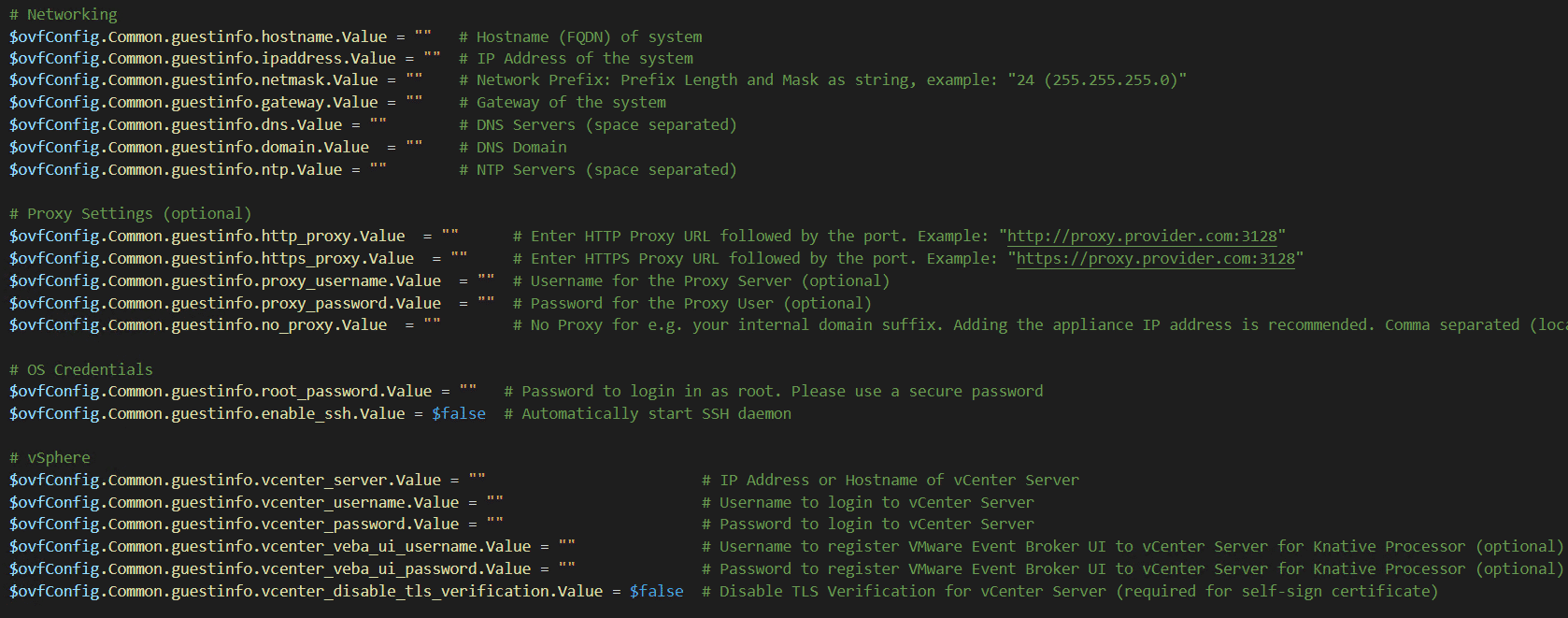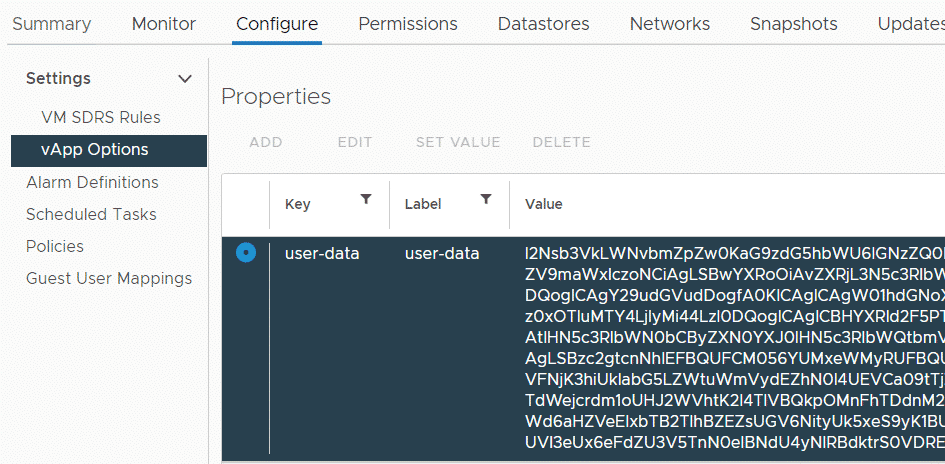NOT_AUTHENTICATED Error with PowerCLI 13.1 - Cloud Director Authentication Changes
After updating PowerCLI to version 13.1, which has been released in April 2023, a couple of scripts that are using the Session Token provided by Connect-CIServer fail to work with the following error:
Invoke-WebRequest: {"minorErrorCode":"NOT_AUTHENTICATED","message":"[] This operation is denied.","stackTrace":null}
According to the official announcement, there have been changes to the authentication mechanism of Connect-CIServer. This change does not affect any functions that come with PowerCLI, but many community functions and scripts that include custom API calls.
In previous versions, you could simply snatch the authentication token that is stored in the $global:DefaultCIServers.SessionId global variable and use with an x-vcloud-authorization header in your custom API calls. Since PowerCLI 13.1, you now get a Bearer Token as SessionId/SessionSecret.
Read More »NOT_AUTHENTICATED Error with PowerCLI 13.1 - Cloud Director Authentication Changes


